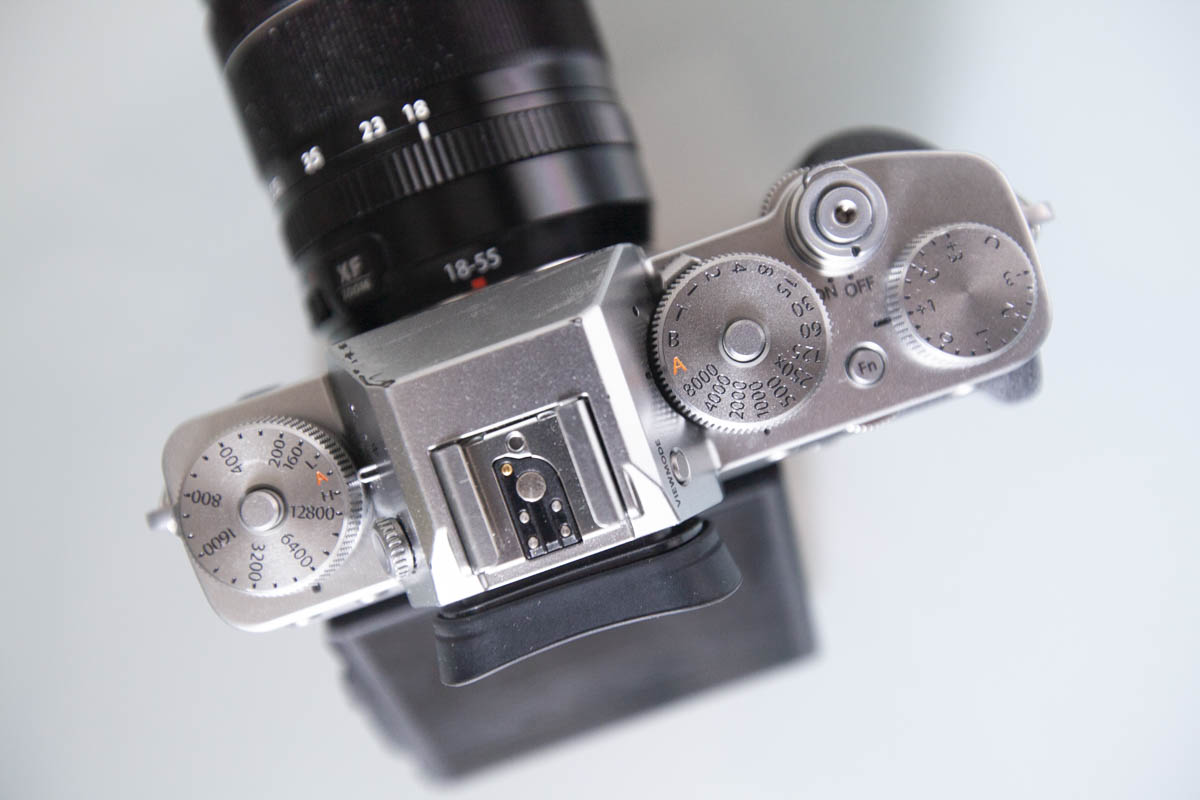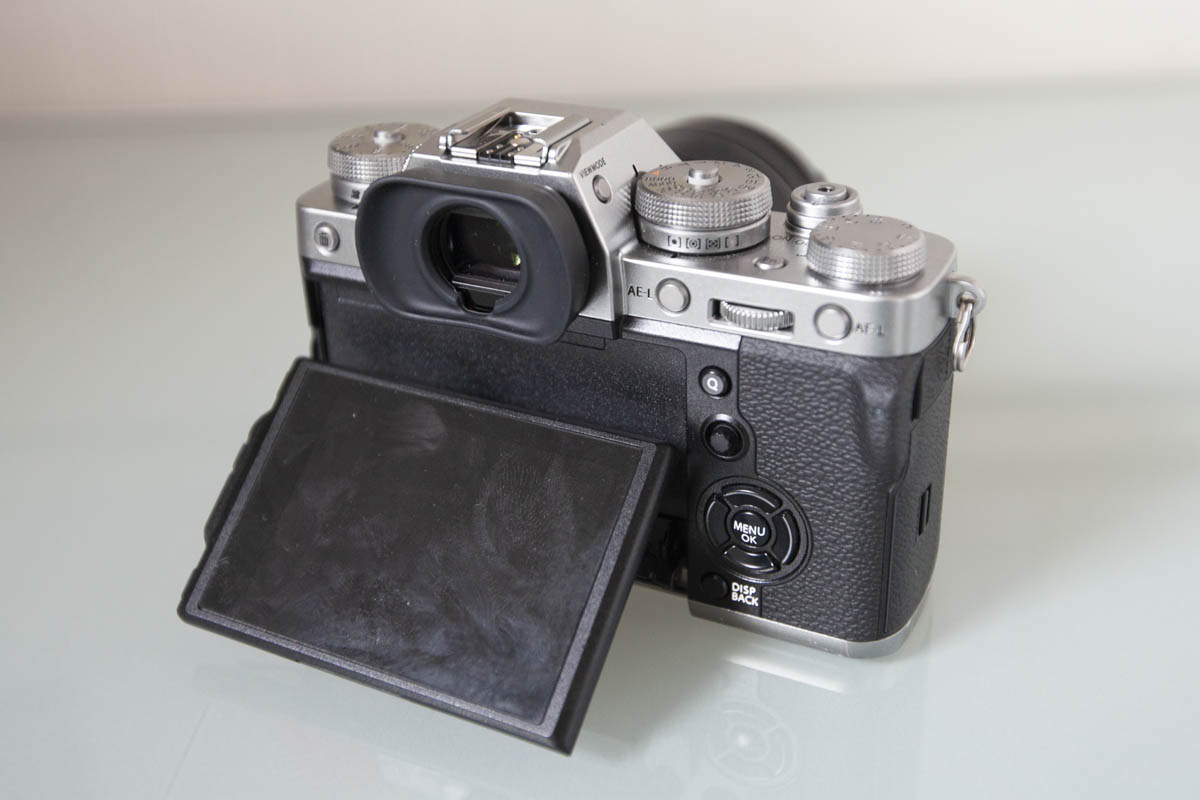
In recent years Fujifilm has established itself as one of the leaders in the world of mirrorless camera design, and today I’m going to give you the low-down on the their latest release with my review of the Fujifilm XT-3.
Now I’m going to totally honest here and admit that I’ve been a fan of Fujifilm’s mirrorless cameras for a number of years now. They have designed some of the most innovative mirrorless cameras on the market (including the legendary X100F), and continue to push the boundaries in terms of design and features.
One of the signatures of Fujifilm cameras is the external control dials. Fujifilm are one of the very few manufacturers to put a dedicated shutter speed dial, ISO dial and exposure compensation dial on the body of the camera. This is a throw-back to the pre-digital world and something that photography purists absolutely love. And it’s not just for show by the way—having those settings at your fingertips is very handy (pardon the pun).

The XT-3 packs a 26 megapixel APS-C sized CMOS sensor. Fujifilm has a proprietary sensor type that it uses in its cameras called the X-Trans which is very highly regarded for the quality of image it produces, something I can attest to from my own experiences with Fujifilm cameras. The image quality is never short of excellent.
Upon unboxing the XT-3 was I was immediately reassured that it lives up to the very high design standards set by its predecessors. The body feels rock solid and built to last, and it comes as standard in silver, which looks fantastic. It has the same layout of dials and controls as the XT-2, which is hard to find fault with, although I find the little joystick on the back which you use to change focus points to be small and finicky.
The XT-3 has a touchscreen
One of the most exciting upgrades on the XT-3 is the touchscreen. I’ve been a huge advocate for touchscreens on cameras for a while now, and I’ve been surprised at how slowly they’ve been adopted by the big manufacturers. They are becoming more commonplace however, and I was very happy to find one on the Canon 5D Mark IV that I reviewed recently.
Fujifilm has come up with kind of an unusual application of the touchscreen however. You can use it to choose your focus point, or tap-to-shoot, where tapping the screen allows you to focus and shoot simultaneously. Unfortunately you can’t easily change your settings using the touchscreen, and you can’t navigate the menus either. This was a big disappointment as I found scrolling through all the menu options to get to the one I needed a little bit laborious.
You can also customize four swipe gestures (up, down, left, right) to allow you to quickly change certain settings. This at first seemed an awkward way to use a touchscreen, but I think if you got used to it, it could actually prove very useful.

One of the interesting things about the XT-3 is the way it implements shutter and aperture priority modes. If you want to shoot in aperture priority mode you set the shutter speed dial to “A” for automatic. If you want to shoot in shutter priority mode there’s a switch on the lens that needs to be on “A.” There’s a dial under the ISO dial which allows you to switch between the following modes: video, bracket, hi-speed burst, low-speed burst, multiple exposure, advanced filters and panorama. But elsewhere you can find bulb mode, self-timer and interval timer.
Keep the manual with you at all times
One of my key observations about the XT-3 is that this is a camera you need to spend a lot of time working with in order to fully understand how to use it well. When I get a new camera to review I like to see if I can figure out how to use it without referring to the manual. With the XT-3 I very quickly realized that this was not going to work out. I quickly found myself lost and confused, accidentally changing settings and unable to figure out how to revert back.
That’s not an outright criticism of the XT-3, This is unquestionably an excellent camera which is absolutely bursting with useful features, but you do need to put the time in to figure out where everything is and what features are going to benefit your style of shooting.
The XT-3 shoots amazing video
Videographers are going to absolutely love the XT-3. It really is a video monster. It can capture 4K at 60 frames per second in 10 bit colour. If you’re not a big video shooter you’ll just have to trust me—this is very impressive. The XT-3 also shoots Full HD at up to 120 frames per second, although it doesn’t record audio at this frame rate. Nonetheless the slo-mos it produces are magnificent as you’ll see in the video.
Videographers will also swoon when they hear that the XT-3 has the option to shoot in log mode, which allows for lots of color grading options after the fact. Other manufacturers have been known to charge users for firmware upgrades to enable this feature, so kudos to Fujifilm on this front.
The overall level of fine-grained control offered to videographers by the XT-3 is very, very impressive, and I expect it will seriously challenge video heavyweights like the Sony a6500 and the Panasonic GH5.
Beware the kit lens
I regularly advise readers to invest in a lens upgrade when they buy a new camera, as the kit lens is generally not up to much. In this case you get 18-55mm image stabilized zoom lens, which is actually a pretty decent lens, but I wasn’t overly impressed with the image quality, and I’d love to see how the XT-3 would perform with something like the Fujinon XF16-55 f/2.8 R LM WR Lens.
Bottom line: A feature-loaded beast for the serious photographer.
Click here to see all the specs and features of the Fujifilm XT-3







